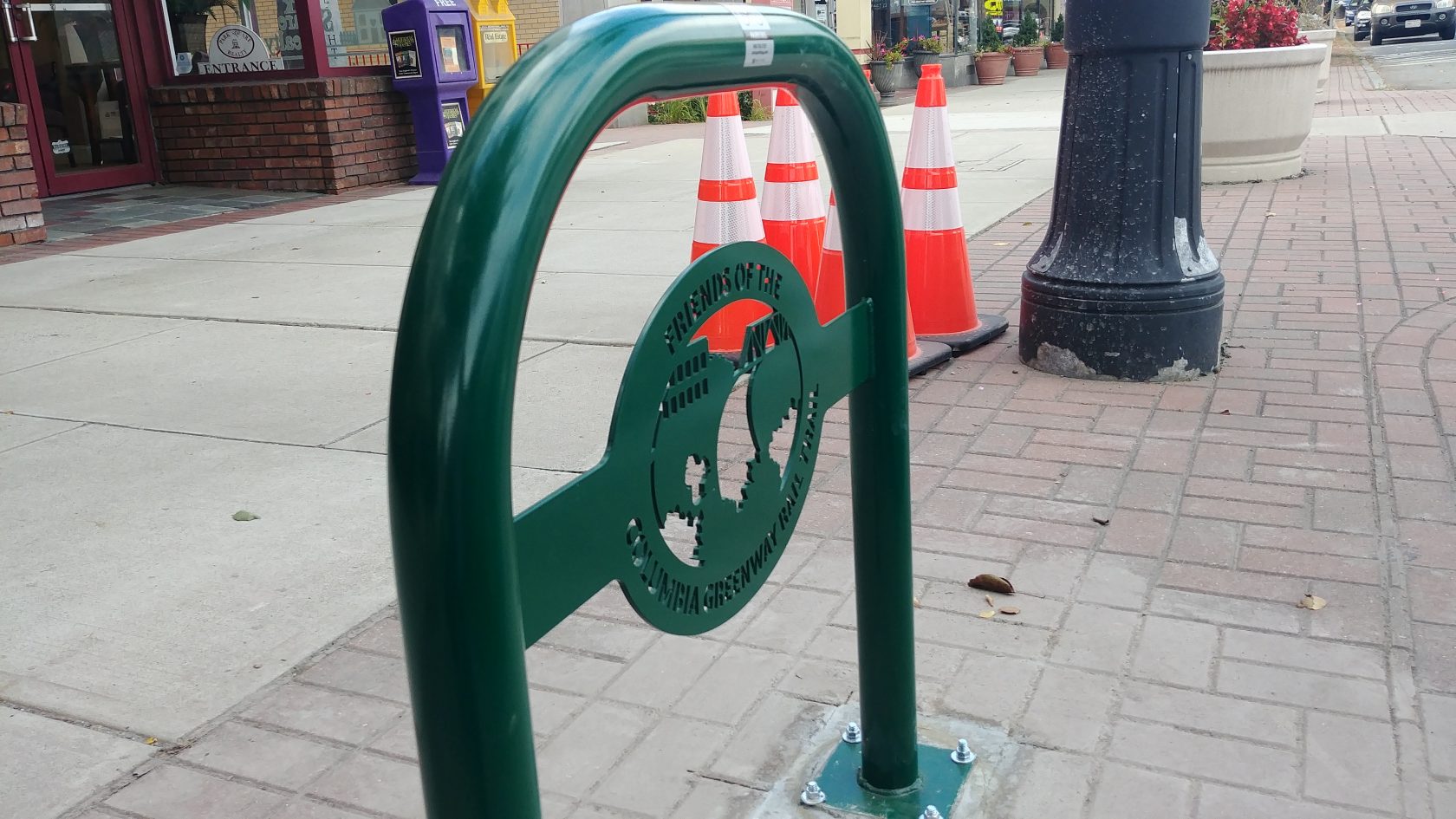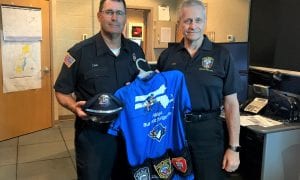WESTFIELD – With bicycling becoming a more prominent mode of transportation in the region, motorists and cyclists need to share the road.
The extension of the Columbia Greenway Rail Trail into Westfield from Southwick means more bike traffic. Plans for the next phase of the trail will bring it into downtown, connecting to the north side near the Great River Bridge. To prepare for increased bike traffic, bike lanes were created during recent downtown construction.
How to share the road is the question on the minds of both bicyclists and motorists.
Jeffrey Lavalley of the Friends of Columbia Greenway (FOCG) of Westfield said he believes education is the key.
“It’s a two-way street,” Lavalley said. “Motorists have to be educated and bicyclists have to be educated.”
The FOCG is planning to take the lead on that education in Westfield.
“We’re excited about the role we can play in facilitating that,” said Lavalley.
To that end, Lavalley said the group is hoping to have a monthly column in this newspaper to offer tips on sharing the road and being a responsible biker and driver.
To help cyclists understand the rules, League Cycling Instructor Ralph Sturgen is offering a better bicycling class titled “Bicycling on the Street” this fall.
Sturgen said bicyclists in Massachusetts are required to follow the rules of the road, including traffic signs and signals. Sturgen said when there are proper bike lanes painted on a street, bicyclists can use the lane, or can choose to ride in the traffic lane. Motorists are not permitted in the bike lane, except in cases where they have to cross a bike lane to make a right turn.
“In that case, the driver must yield to the bicyclist,” said Sturgen.
As far as the question of whether or not bicycles are allowed on a sidewalk, Sturgen said state law allows for bicycles on a sidewalk except in downtown business districts, which he said are defined by individual municipalities.
“In general, when a bicyclist is riding on a sidewalk in an area where it is permitted, he may also be in the crosswalk as an extension of the sidewalk. However, the traffic signals must be obeyed,” said Sturgen. “The general presumption, though, seems to be that it is a cross-walk.”
“The law is very clear that bicyclists must obey traffic signals and signs,” he added.
Throughout downtown Westfield, in addition to bike lanes, symbols of bikes have been painted in the middle of many streets. Sturgen said this is an indicator that cyclists should share the lane with motorists.
For information on the bicycling class offered by Sturgen, contact him at [email protected]
Recently, updates to laws concerning bicycles were passed in the commonwealth. According to massbike.org, the following changes were made:
Changes for Bicyclists
1. Safer Signaling: Bicyclists were already required to use hand signals when stopping or turning, but now it is clear that you are not required to signal when you need both hands on the handlebars, such as when operating the brakes, shifters, or steering.
2. Riding Two Abreast Permitted: Bicyclists are no longer restricted to riding single file at all times. You can now ride two abreast (two bicycles, side-by-side), except that you still have to help faster vehicles to pass. So stay in single file when cars need to get by. On multi-lane roads, you can ride two abreast, but all the cyclists in your group must stay in one lane (which will usually be the right-hand lane unless you are making a left turn).
Changes for Motorists
3. Don’t “Door” Bicyclists: Motorists (and their passengers) can now be ticketed and fined up to $100 for opening car or truck doors into the path of any other traffic, including bicycles and pedestrians. “Dooring” is a frequent cause of bicycle crashes and bicyclist injuries, and while motorists could already be sued in civil court or charged in criminal court under certain circumstances, they could not previously be ticketed and fined on the spot by a police officer.
4. Don’t Cut Off Bicyclists After Passing: Motorists used to be required only to stay a safe distance to the left of a bicyclist (or any other vehicle) when passing; now, motorists are also prohibited from returning to the right until safety clear of the bicyclist.
5. Don’t Squeeze Bicyclists in Narrow Lanes: If the lane is too narrow for a motorist to pass a bicycle (or any other vehicle) at a safe distance while staying in the lane, the motorist must use another lane to pass, or, if that is also unsafe, the motorist must wait until it is safe to pass.
6. Don’t “Right-Hook” Bicyclists: A “right-hook” is when a motorist makes an abrupt right turn too close to a bicyclist, causing the cyclist to crash or make an emergency maneuver to avoid crashing. Motorists are now prohibited from making abrupt right turns at intersections and driveways after passing a cyclist.
7. Yield to All Bicycles Before Turning Left: Motorists are already required to yield to oncoming vehicles (including bicycles) before turning left. The law now expressly includes yielding to bicyclists riding to the right of other traffic (e.g., on the shoulder), where they are legally permitted but may be more difficult for motorists to see.
8. Motorists Liable for Hitting Bicyclists Riding to the Right: Bicycles, unlike other vehicles, are permitted to ride to the right of other traffic (e.g., on the shoulder), and motorists are not permitted to use this fact as a legal defense for causing a crash with a bicyclist.






